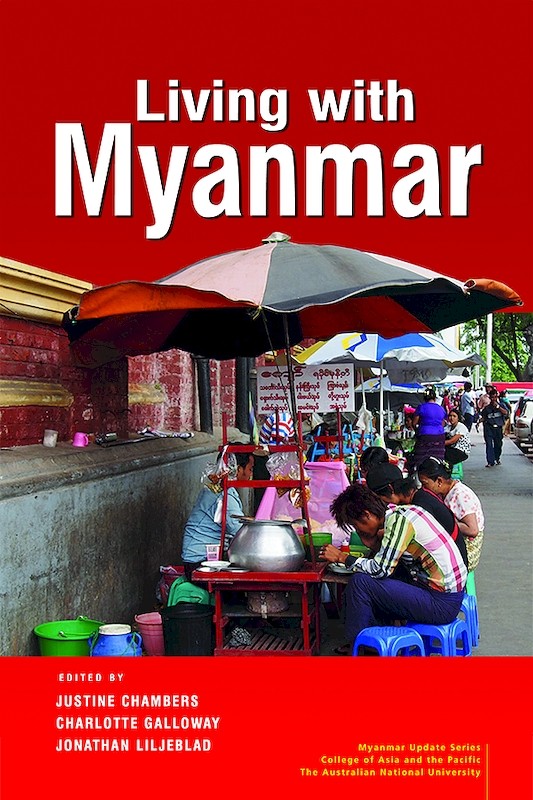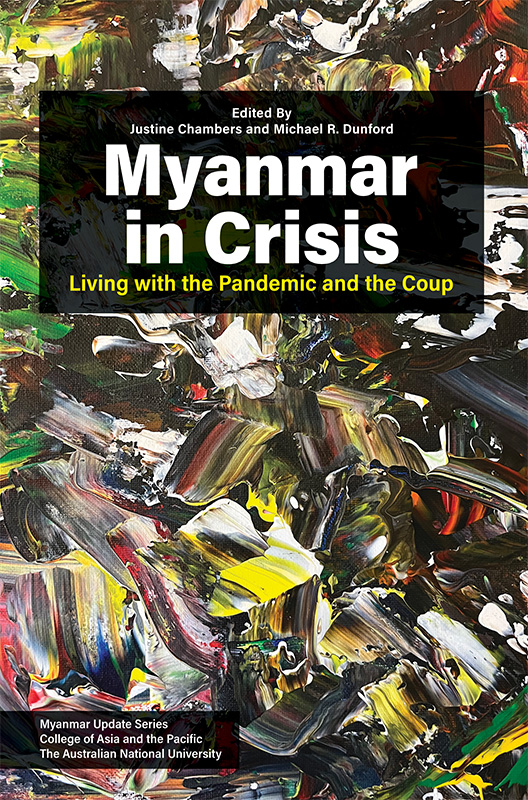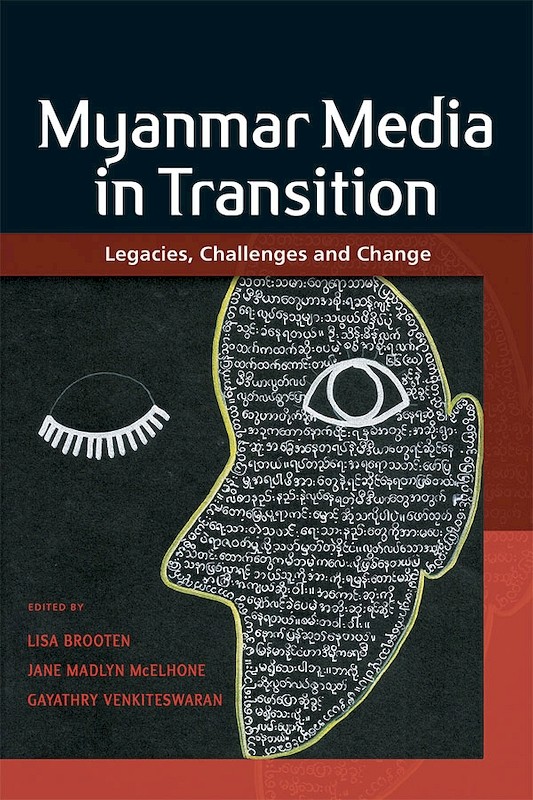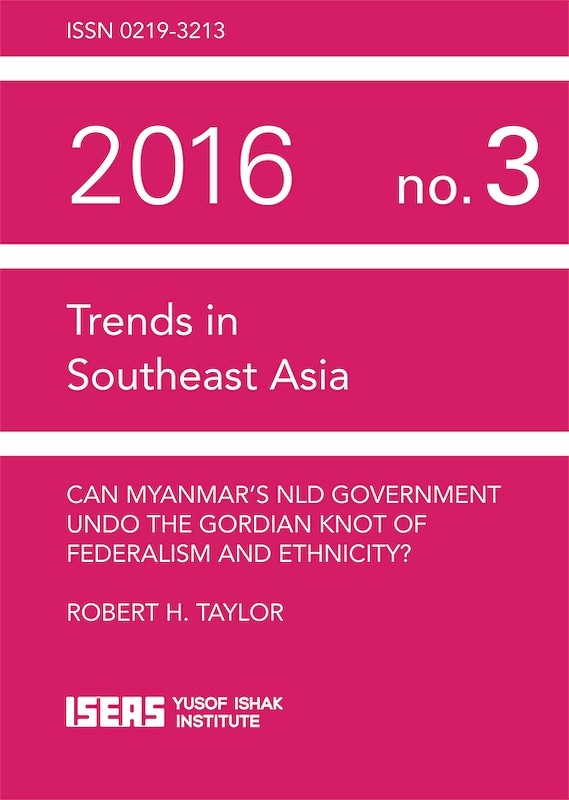Myanmar Transformed? People, Places and Politics
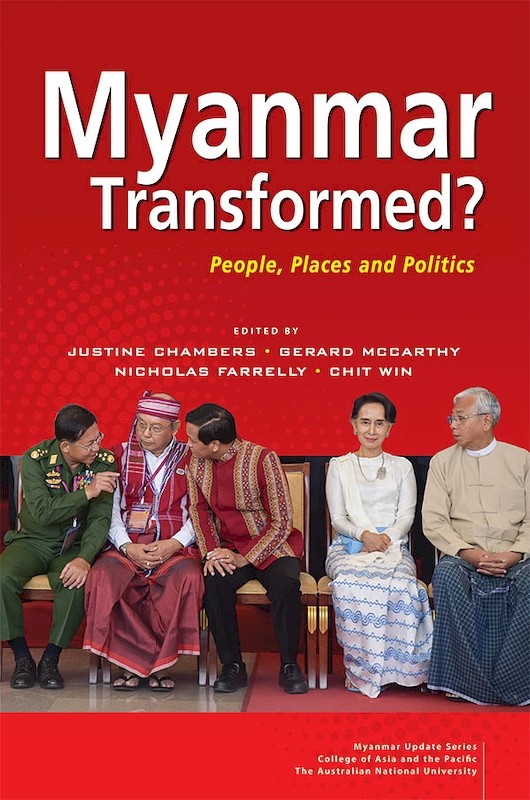
Date of publication:
2018
Publisher:
ISEAS – Yusof Ishak Institute
Number of pages:
333
Code:
PIC262
Hard Cover
ISBN: 9789814818544
Soft Cover
ISBN: 9789814818537
Reviews
Trevor Wilson, Former Visiting Fellow, ANU, 2020.
"The ANU's Myanmar Update Conference series is one of the longest lasting enterprises of its kind in the world, so it is eminently sensible of the convenors of the conference (and co-editors of this publication) to ask whether Myanmar has really been transformed. It is also sensible of them to acknowledge openly where there were gaps between what was claimed for Myanmar's achievements, and what was actually achieved. To its credit, this volume identifies many of these gaps, justifying the question posed in the title, and exposing many of the outstanding issues, even if the editors do not necessarily offer concrete solutions. Most of these gaps had been identified before, and may be well-known to those studying Myanmar; but it should be salutary to contrast the editors' "social dynamics" of change with the current political realities of Myanmar: namely, extreme nationalism, racism, and other discriminatory policies promoted essentially by representatives of the Myanmar military and Buddhist extremists like the monk, U Wirathu (who has been jailed under the 2010-15 Myanmar military regime for his outspoken statements.)
Myanmar Transformed? People, Places and Politics ... focus attention - carefully and intelligently - on many of the deeper, underlying issues, which are generally not new, and do not lend themselves to quick and easy solutions. It is a valuable compilation of some of the world's best Myanmar scholars, as well as emerging academics from Australia, Myanmar, and other countries."
Reshmi Banerjee, Tea Circle, 17 July 2019.
"This edited volume examines the existing hybrid structures of governance and their constraints by looking at the continuities and fractures in Myanmar's politics and society. It also delves into the opportunities to bring about change that exist within this complex and diverse landscape. The book is divided into five sections (including the introduction and the epilogue) and covers critical issues ranging from social protection and rural revolution to advocacy organizations and efforts put in to forge an inclusive national identity. Thus readers are able to comprehend emerging concerns, socio-economic dynamics on the rise, and fluctuations in Myanmar's democratic journey; not only of its inherent strength and capacity, but also its deepening and divisive faultlines.
This edited volume should be read for the vast information, detailed analysis and in-depth understanding that it provides us of current day Myanmar. It also showcases the challenges that still need to be overcome on a daily basis in order to make sure that the democracy cart does not topple."
"This collaborative effort, unimaginable to such an extent prior to 2011, helps redress a general absence of collaborative research into contemporary Myanmar involving such a wide range of actors and hints at the plurality of voices underpinning Myanmar's ongoing transformations. Such an intervention is necessary now more than ever, as the heady optimism that characterised the 2011 - 2015 period gives way to disillusionment. Rather than subscribing to one singular vision of democratic transition, this volume views the sociopolitical and economic transformations from multiple registers. It is organised thematically into three sections: People, Places and Politics.
The People section adds critical nuance to debates about legitimacy in Myanmar. The Places section explores how negotiating the uncertainty of Myanmar's ongoing transformation is a structural reality across different geographical scales.
Maung Maung Myoe opens the Politics section with an analysis of the remarkable stable quasi-civilian structures of governance underpinning transition.
These chapters are nicely tied together by several common threads: Discourses of community and difference; the idea of mediation; and the looming legacy of authoritarianism. .... This volume offers visions of how such collaborations might fruitfully unfold, and its greatest strength is in its incorporation of who is viewing it, and where they are viewing it from."
About the publication
The triumph of Aung San Suu Kyi’s National League for Democracy at the 2015 election was supposed to mark the consolidation of a reformist trajectory for Myanmar society. What has followed has not proved so straightforward. This book takes stock of the mutations, continuities and fractures at the heart of today’s political and economic transformations. We ask: What has changed under a democratically elected government? Where are the obstacles to reform? And is there scope to foster a more prosperous and inclusive Myanmar? With the peace process faltering, over 1 million people displaced by recent violence, and ongoing army dominance in key areas of decision-making, the chapters in this volume identify areas of possible reform within the constraints of Myanmar’s hybrid civil–military governance arrangements.
This latest volume in the Myanmar Update Series from the Australian National University continues a long tradition of intense, critical engagement with political, economic and social questions in one of Southeast Asia’s most complicated countries. At a time of great uncertainty and anxiety, the 13 chapters of Myanmar Transformed? offer new and alternative ways to understand Myanmar and its people.
Contents
-
Myanmar Transformed? People, Places and Politics
[Whole Publication, ISBN: 9789814818551], by Justine Chambers, Gerard McCarthy, Nicholas Farrelly, Chit Win, editors -
Preliminary pages
- PART I: INTRODUCTION
-
1. Myanmar Transformed?, by Justine Chambers, Gerard McCarthy, authors
- PART II: PEOPLE
-
2. Documenting Social and Economic Transformation in Myanmar’s Rural Communities, by Samuel Pursch, Andrea Woodhouse, Michael Woolcock, Matthew Zurstrassen, authors
-
3. Social Protection in Myanmar: A Key Mechanism for Political Legitimacy?, by Yaw Bawm Mangshang, Mike Griffiths, authors
-
4. Health Service Delivery and Peacebuilding in Southeast Myanmar, by Si Thura, Tim Schroeder, authors
- PART III: PLACES
-
5. Myanmar’s Rural Revolution: Mechanization and Structural Transformation, by Myat Thida Win, Ben Belton, Xiaobo Zhang, authors
-
6. Change and Continuity: Capacity, Coordination and Natural Resources in Myanmar’s Periphery, by Giuseppe Gabusi, author
-
7. Advocacy Organizations and Special Economic Zones in Myanmar, by Pyae Phyo Maung, Tamas Wells, authors
-
8. Explaining Naypyitaw under the National League for Democracy, by Nicholas Farrelly, author
- PART IV: POLITICS
-
9. Partnership in Politics: The Tatmadaw and the NLD in Myanmar, by Maung Aung Myoe, author
-
10. From Ceasefire to Dialogue: The Problem of “All-Inclusiveness” in Myanmar’s Stalled Peace Process, by Lwin Cho Latt, Ben Hillman, Marlar Aung, Khin Sanda Myint, authors
-
11. Securitization of the Rohingya in Myanmar, by Kyaw Zeyar Win, author
-
12. Forming an Inclusive National Identity in Myanmar: Voices of Mon People, by Cecile Medail, author
- PART V: EPILOGUE
-
13. Reflections on Myanmar Under the NLD so far, by Matthew Walton, author
-
Abbreviations and Key Terms
-
Index
Myanmar Update Series
-
2016Conflict in Myanmar: War, Politics, Religion
-
2014Debating Democratization in Myanmar
-
2012Myanmar's Transition: Openings, Obstacles and Opportunities
-
2010Ruling Myanmar: From Cyclone Nargis to National Elections

